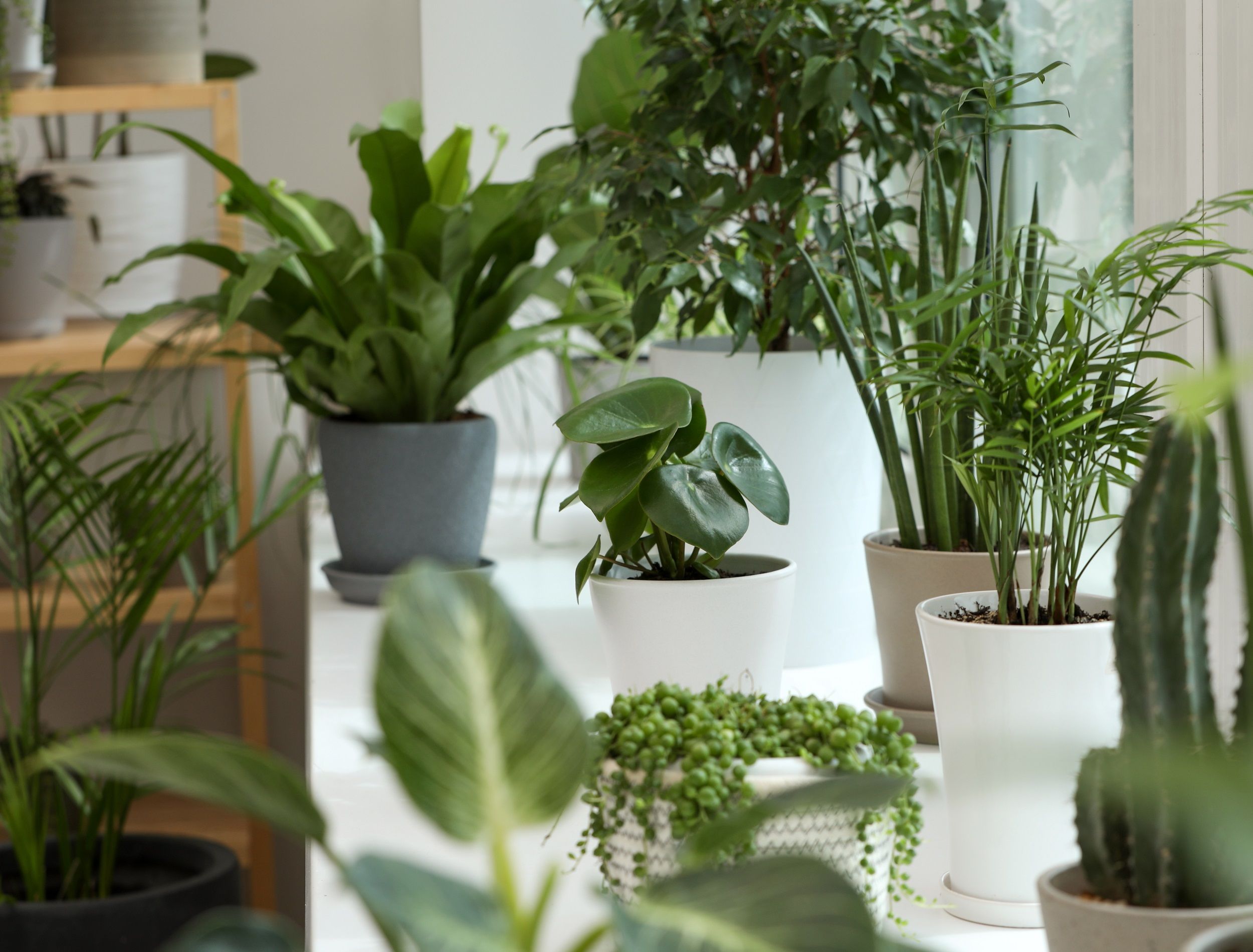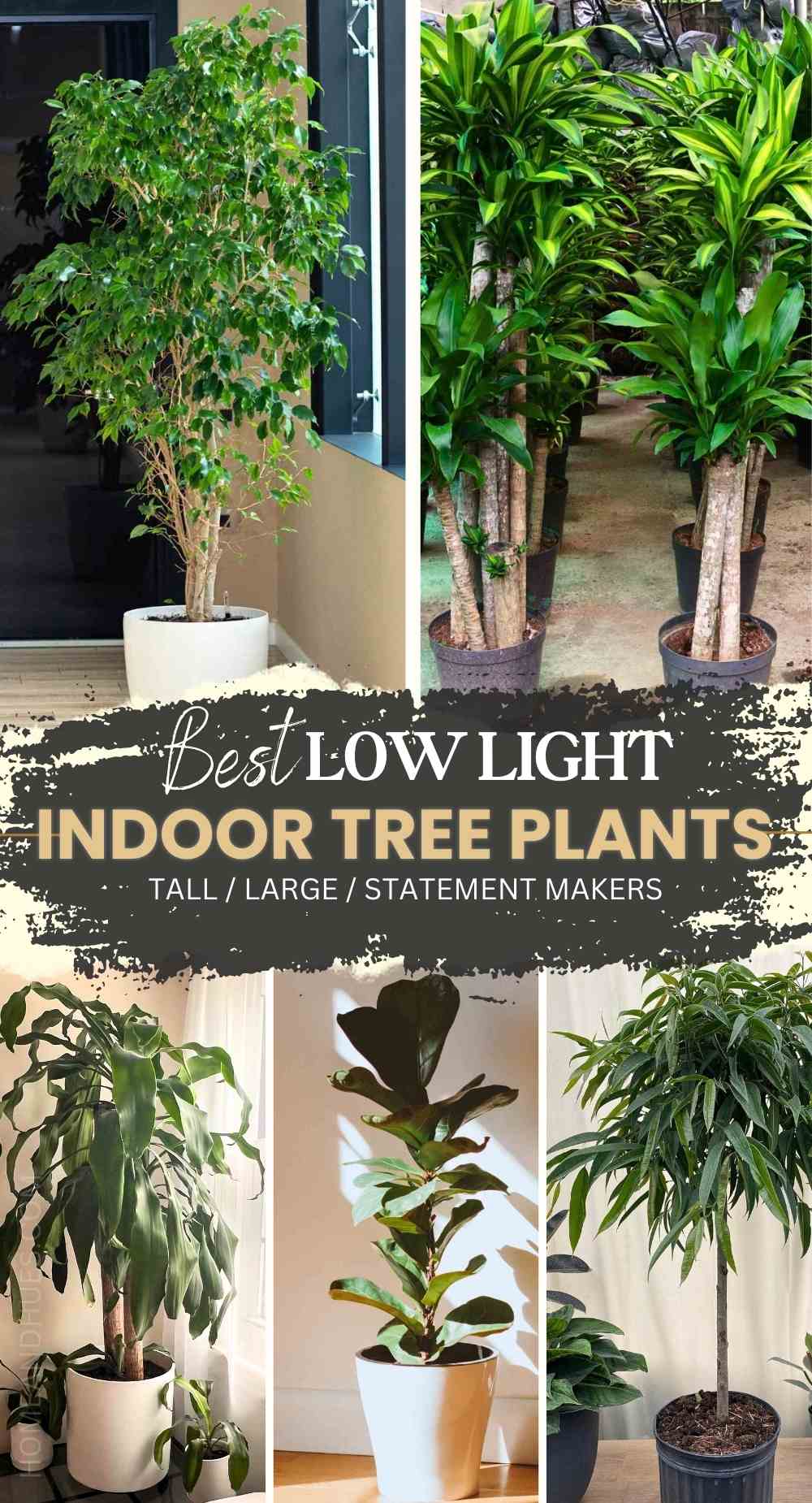Discover the Best Low-Light Indoor Plants for Your Home or Office Space
Discover the Best Low-Light Indoor Plants for Your Home or Office Space
Blog Article
Explore the Unique Benefits of Low-Light Indoor Plants for Your Living Room
Integrating low-light interior plants right into your space provides a multitude of advantages that expand far beyond plain looks. These sturdy plants not just thrive in atmospheres with minimal sunlight yet also serve critical features such as air purification and humidity improvement. Additionally, they can positively affect your state of mind and general health while needing minimal upkeep. As you consider the transformative potential of these plants, it comes to be vital to discover how their one-of-a-kind attributes can customize your environment to much better offer your way of life. What specific benefits might reverberate most with your individual room?
Air Purification Advantages
Low-light indoor plants not just enhance the visual charm of living spaces yet likewise play a considerable duty in air filtration. Research has actually demonstrated that particular plant types can efficiently get rid of typical interior contaminants, including trichloroethylene, benzene, and formaldehyde. These compounds often originate from household products such as furniture, cleaning items, and building products, adding to indoor air high quality concerns.
Plants such as the snake plant, pothos, and tranquility lily are particularly skilled at filtering system damaging materials from the air while flourishing in low-light problems. The procedure of phytoremediation, wherein plants take in and metabolize toxins, allows these types to add significantly to a healthier interior setting. Additionally, with photosynthesis, plants launch oxygen, further enhancing air high quality.
Including low-light interior plants into home or workplace spaces not only supplies visual benefits however likewise serves as a useful approach for improving air high quality. By picking the appropriate types, people can produce a setting that advertises well-being and minimizes exposure to dangerous pollutants, making these plants an important aspect in modern-day interior living.
:max_bytes(150000):strip_icc()/lowlightplants01-e6ce112597f74b538fc83e28a39bf23b.jpg)
Mood Improvement Impacts
Countless researches have revealed that incorporating indoor plants can dramatically improve mood and overall psychological health. The visibility of greenery in indoor atmospheres has actually been connected to reduced tension levels, increased feelings of calmness, and enhanced psychological health and wellness. Low-light indoor plants, specifically, flourish in atmospheres where all-natural light is limited, making them perfect for numerous living rooms.
Study suggests that connecting with plants can boost the launch of serotonin, a natural chemical related to sensations of happiness and well-being. In addition, the act of taking care of plants fosters a sense of obligation and achievement, more adding to favorable psychological health outcomes. Low-light plants such as snake plants, pothos, and tranquility lilies have actually been revealed to enhance air high quality, which is fundamentally connected to mood improvement.
Including these plants right into your office or home can develop a peaceful ambience, supplying a aesthetic and sensory retreat from the stress of life - Best low-light indoor plants. As individuals invest increasing amounts of time inside, the mood-enhancing effects of low-light indoor plants come to be much more essential, providing not only visual allure but likewise an extensive effect on emotional well-being
Low Upkeep Needs
For those seeking to improve their interior rooms without a significant time commitment, low-light indoor plants are an ideal option because of their reduced upkeep needs. These durable plants thrive in less-than-ideal lighting problems, making them excellent for homes and offices where all-natural Continue sunshine is restricted.

Pest resistance is one more benefit of low-light indoor plants. Numerous varieties are much less at risk to usual parasites, reducing the demand for continuous tracking and intervention. Moreover, these plants normally grow more gradually than their high-light equivalents, indicating less frequent repotting and pruning are essential.
Visual Appeal and Versatility

In addition, these plants can be prepared in myriad means, whether in teams for a rich impact or as standalone functions to draw the eye. The choices of planter styles-- from streamlined ceramic pots to rustic wood containers-- better boost their aesthetic value, allowing homeowners to express their individual design.
Additionally, low-light plants can be tactically placed in locations that might or else feel overlooked, such as edges or poorly lit shelves, thus optimizing their decorative capacity. Eventually, the combination of their striking appearance and adaptability makes low-light indoor plants a beneficial addition to any living room, producing an inviting ambience that promotes health and leisure.
Boosted Humidity Degrees
Enhancing interior moisture levels is one of the significant advantages of including low-light indoor plants into living spaces. These plants naturally release dampness vapor through a procedure known as transpiration, which happens when water taken in by the roots moves through the plant and vaporizes from the leaves. This procedure not just increases moisture yet likewise adds to a healthier interior environment.
Enhanced moisture levels can relieve different health and wellness problems, such as dry skin, respiratory problems, and allergies. Numerous people experience pain in dry indoor conditions, particularly during winter Click Here season when heating unit remain in usage. By strategically putting low-light plants throughout your home, you can create a much more well balanced moisture degree that promotes overall health.
Moreover, specific low-light indoor plants, like peace lilies and spider plants, are specifically effective at increasing humidity. Their capacity to prosper in low-light environments makes them optimal for various areas, from offices to bed rooms. Along with improving humidity, these plants can likewise improve air high quality by removing common indoor contaminants, making them a useful addition to any kind of space. Thus, low-light indoor plants serve both useful and visual purposes, promoting a much healthier environment.
Verdict
In recap, low-light interior plants offer countless benefits that contribute to a much healthier and more inviting living room. Including these resistant plants into indoor settings not only elevates the setting however also advertises general health, developing a serene haven for locals.
Plants such as the snake plant, pothos, and tranquility lily are especially adept at filtering hazardous compounds from the air while thriving in low-light conditions. Low-light plants such as snake plants, pothos, and tranquility lilies have been shown to enhance air top quality, which is inherently connected to state of mind enhancement.
Low-light indoor plants, such as serpent plants, pothos, and ZZ plants, not just improve the aesthetic landscape of an area but likewise present various textures and shades of environment-friendly that can complement diverse indoor designs. These plants normally release dampness vapor via a process recognized as transpiration, which happens when water taken in by the origins relocates through the plant and evaporates from the fallen leaves.Additionally, particular low-light interior plants, like peace lilies and crawler plants, are especially efficient at boosting humidity.
Report this page